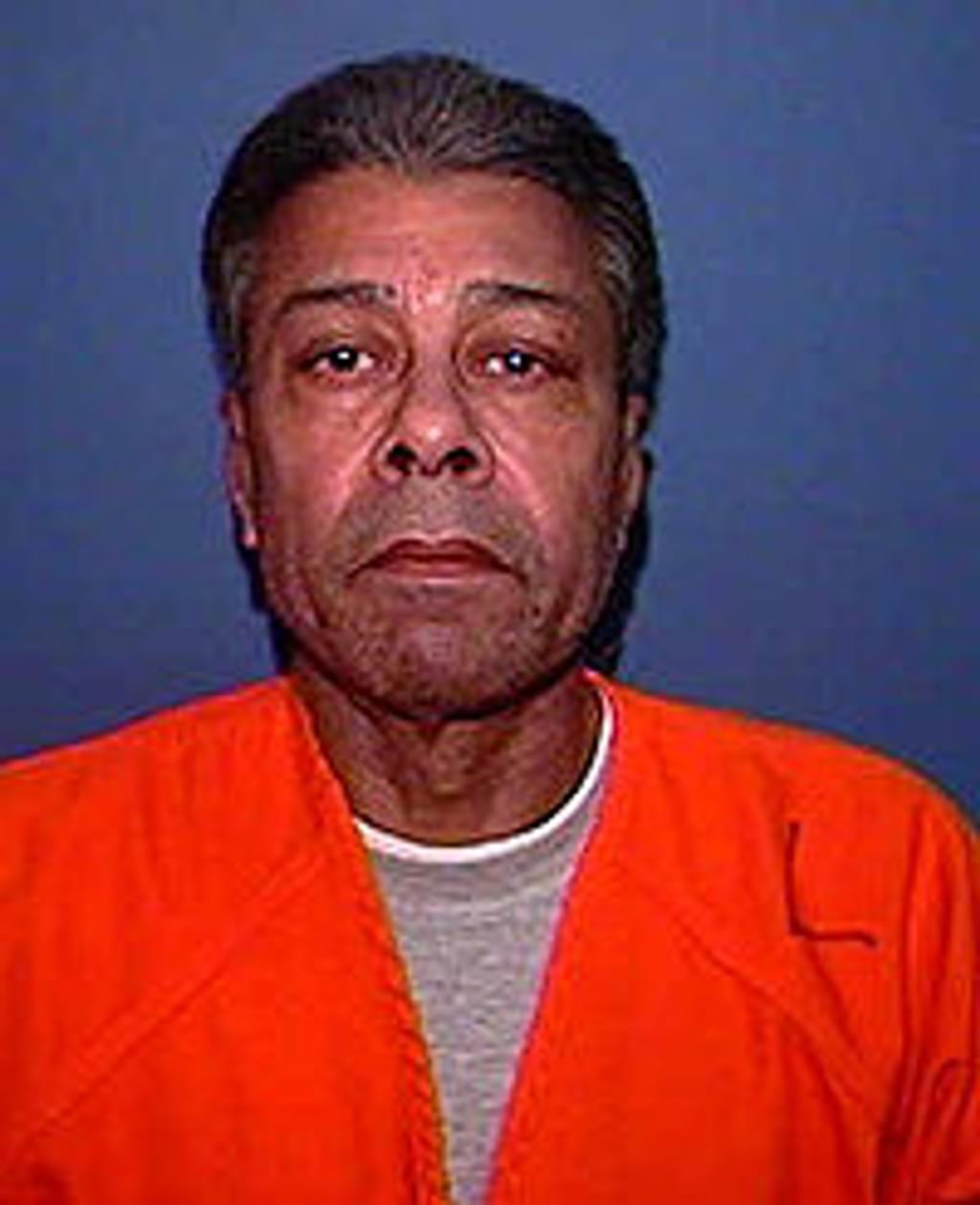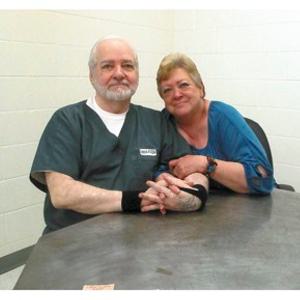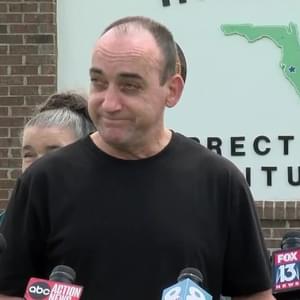
The New Republic has just released autopsy photos taken after the Florida execution of Angel Diaz in 2006. The execution was so badly botched that it prompted then-Governor Jeb Bush to temporarily suspend executions so the state’s lethal injection procedure could be reviewed. The needles that should have been inserted into Diaz’s veins were instead pushed through into the surrounding tissue, causing extensive chemical burns. Dr. Jonathan Groner, a professor of clinical surgery at Ohio State University College of Medicine, viewed the photos and said, “I’ve never seen anything like this from IV infiltration…That is the kind of injury we see when a kid has fallen in a campfire or set his arm on fire. My guess is someone who got this when alive would need skin grafts to heal.” When the first dose of the three drugs did not kill Diaz, the cycle was administered a second time. Since sodium thiopental, the first drug used in Diaz’s execution, does not produce anesthesia when injected into tissue, Diaz was likely conscious as the other drugs slowly caused paralysis and prevented him from breathing. Witnesses to the execution said Diaz continued to move long after he should have been unconscious. The autopsy revealed large chemical burns on Diaz’s arms and the medical examiner noted “extensive skin slippage,” which occurs when the top layer of skin separates, revealing the white and pink subcutaneous layers beneath. The autopsy photos were recently found in the case files of another Florida inmate, who used them to challenge the state’s execution procedure.
(B. Crair, “Photos from a Botched Lethal Injection,” New Republic, May 29, 2014 (the magazine included a warning that the photos are graphic)). See Lethal Injection and Botched Executions.
Lethal Injection
Feb 29, 2024




